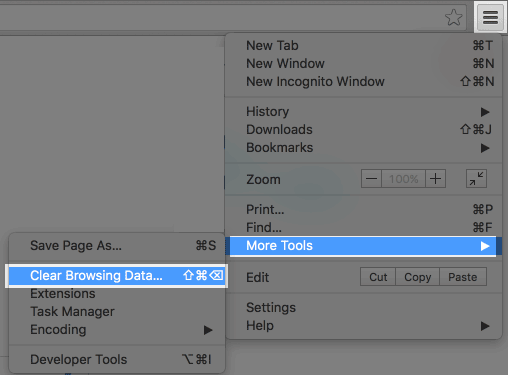
Chrome will continue to warn users when the connection is not secure, just without the lock imagery. So following the presumably successful experimental removal of the icon in Chrome 93 two years ago, the lock icon is finally on its way out and into the famous Google Graveyard alongside Stadia and friends. To further justify interface meddling, Google's security gurus point to a separate study from 2007, just 16 years ago, that found users ignore HTTPS indicators of web security. Nearly all phishing sites use HTTPS, and therefore also display the lock icon "This misunderstanding is not harmless - nearly all phishing sites use HTTPS, and therefore also display the lock icon," Google's Chrome Security Team notes. The Chocolate Factory, in conjunction with others like Mozilla, began refining how browsers presented their security state back in 2015 and later embarked on a plan to mark HTTP as "non-secure" rather than treating a secure HTTPS connection as something noteworthy.ĭespite various interface changes in recent years to clarify that a secure, encrypted connection does not guarantee the trustworthiness of a website, only 11 percent of web users surveyed by Google in 2021 understood the limited meaning of the lock icon. If you can find and fix this subtle Chromium bug that breaks some extensions, there's $8k waiting for youĬommunicating browser security to non-technical users has been an ongoing project at Google.Google kills forthcoming JPEG XL image format in Chromium.
Chrome menu icon windows#
:max_bytes(150000):strip_icc()/chrome-menu-3e049188e44e46ed8f8e396bc8b77cfd.jpg)
"Today, this is no longer true, and HTTPS is the norm, not the exception, and we've been evolving Chrome accordingly." What Does the Chrome Menu Icon Look Like This is the Chrome Menu Icon Look Like three dots. "When HTTPS was rare, the lock icon drew attention to the additional protections provided by HTTPS," explained David Adrian, Serena Chen, Joe DeBlasio, Emily Stark, and Emanuel von Zezschwitz, from the Chrome Security Team in a blog post. During those early years of the web, insecure connections were common and secure sessions were unusual. Prior versions of the browser used a key icon to signify a secure connection. The lock icon dates back to Netscape Navigator 4.0, which was released in June 1997. The solution came from our reader "Evan", which discovered it after playing with the same option for Microsoft Edge.Binary finally. The old method not longer works in Chrome 87, so you have to use the above method now. Its icon will directly go to the toolbar. You are done! Now the browser will disable the extension toolbar menu button which hosts all browser extension buttons in a group. If you have a Windows-based machine or a Mac, then start by opening Chrome and clicking the Chrome Menu icon, which is located in the upper-right corner and looks like three vertical dots.
Chrome menu icon how to#
This post will show you how to disable the extension toolbar button in Google Chrome.


This change has already been criticized by developers and experienced users who believe the solution is confusing to the end user. So, extension icons are hidden by default for all the installed extensions, making them harder to spot. The extension list is grouped by the level of data access the extension has on the currently selected tab.įrom that menu, you can pin individual extensions to make them always visible in the toolbar instead of being hidden behind the extension button drop-down.įor the icons visible in the toolbar, it is possible to 'Unpin' them from the context menu and move back to the puzzle button menu. When the user clicks the puzzle piece icon, the extension menu opens and displays a list of all enabled extensions the user has installed.
Chrome menu icon windows 10#
The purpose of the menu is to allow the user to hide redundant extension buttons from the toolbar. To get started creating your Google Chrome desktop icon, click on the Windows 10 start button in the left-hand side corner at the bottom of your screen.


 0 kommentar(er)
0 kommentar(er)
